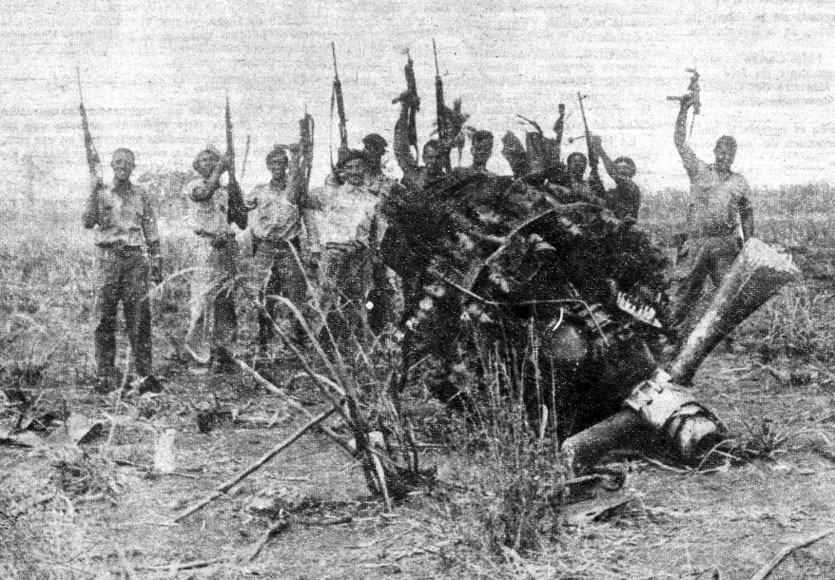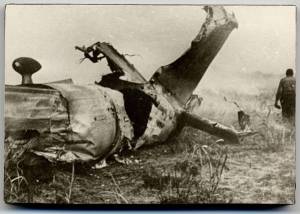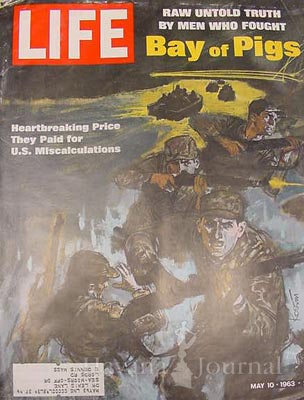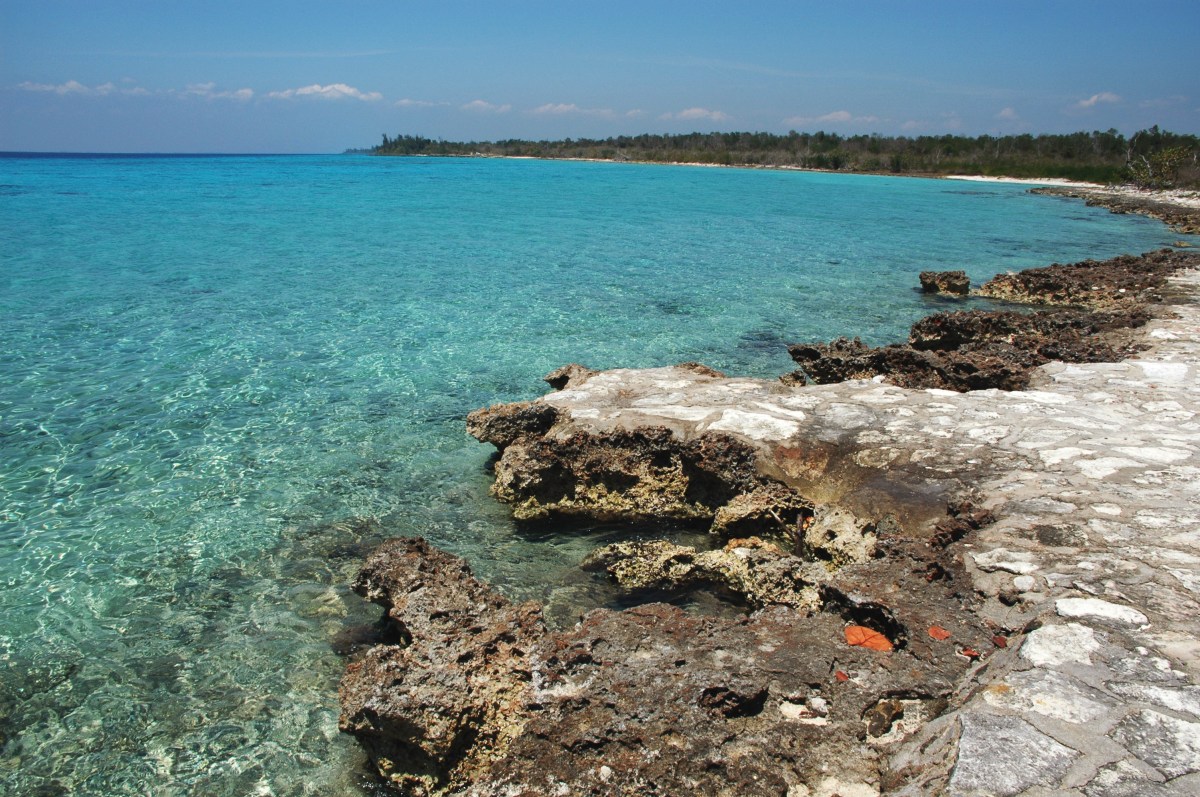Cuban strongman Fulgencio Batista seized power in March 1952, proclaiming himself president and labeling his new governing philosophy “disciplined democracy”. While Batista enjoyed limited popular support when he canceled presidential elections, many Cubans came to see the administration as a one-man dictatorship. Opponents of the regime formed several anti-Batista groups, taking to armed rebellion to oust the government. The best known of these groups was the “26th of July Movement”, founded by the lawyer Fidel Castro and operated out of base camps in the Sierra Maestra mountains.

Batista’s repressive tactics led to widespread disapproval by the late 1950s, culminating in his resignation on December 31, 1958. By February 1959, Fidel Castro had installed himself as Prime Minister.
Castro proclaimed his administration to be an example of “direct democracy”, and dismissed the need for elections. The Cuban people could assemble demonstrations and express their democratic will to him personally, he said. Who needs elections?
“Trials” were carried out across the country, some in sports stadia in front of thousands of spectators. Hundreds of supporters of the former regime were executed. When Castro didn’t like the outcome, he would personally order a retrial.

American influence had once been widespread on the island, but that went away as the Castro regime adopted an increasingly leftist posture. “Until Castro”, said Earl Smith, former American Ambassador to Cuba, “the U.S. was so overwhelmingly influential in Cuba that the American ambassador was the second most important man, sometimes even more important than the Cuban president.”

When US authorities objected to being required to process oil purchased from the Soviet Union, Castro nationalized US controlled oil refineries run by Esso and Standard Oil as well as Anglo-Dutch Shell. Tit-for-tat retaliations resulted in the expropriation of American owned banks and sugar refineries. By October 1960 the Castro regime had “nationalized” a total of 166 such businesses including Coca Cola, and Sears & Roebuck.
Secretary of State Christian Herter publicly stated that Castro was “following faithfully the Bolshevik pattern” by instituting a single-party political system, taking control of trade unions, suppressing civil liberties and sharply limiting both freedom of speech and freedom of the press. Castro fired back, criticizing the way blacks and the working classes were treated in New York City, attacking US media as “controlled by big business” and claiming that the American poor were living “in the bowels of the imperialist monster”.
A “secret” operation was conceived and initiated under the Eisenhower administration, and approved by the incoming Kennedy administration. Beginning on April 15, 8 B-29 CIA bombers attacked Cuban military aircraft on the ground at several locations. A B-26 bearing Cuban markings and perforated with bullet-holes later landed at Miami International Airport, the pilots claiming to be defecting Cubans. The story began to unravel, as soon as reporters noted the plane’s machine guns, hadn’t been fired. Furthermore, Cubans didn’t operate that type of aircraft. Fidel Castro quipped, not even Hollywood would have tried such a feeble story.
The invasion began on the 16th, when 1,400 Cuban exiles landed on Cuba’s “Playa Girón”, or “Bay of Pigs”. Snagged on razor sharp coral that reconnaissance had identified as seaweed, landing forces were pinned down as government forces responded in the early morning hours of April 17. The landing achieved a beachhead, but things quickly started to go wrong. A freighter containing food, fuel, medical equipment and ten days’ ammunition, was sunk. The Cuban Air Force had taken a beating two days earlier, but “Brigade 2506” wasn’t supplied with fighter aircraft at all. Wanting to preserve “plausible deniability”, President Kennedy refused to allow US fighters to go into combat, leaving the remnants of the Cuban Air Force unopposed.
Landing forces were bombed and strafed, at will.

In the end, Kennedy was persuaded to authorize unmarked US fighter jets from the aircraft carrier Essex to provide escort cover for the invasion’s B-26 bombers, most of which were flown by CIA personnel in support of the ground invasion. Fighters missed their rendezvous by an hour, due to a misunderstanding about time zones. Unescorted bombers are easy targets, and two of them were shot down with four Americans killed. The fiasco came to and end on April 19 with 118 dead and 1,202, captured.
In reality, the Bay of Pigs invasion was doomed from the start. Castro was popular at that time and the project had not exactly been a secret. The New York Times ran a story a month earlier, predicting a US invasion of Cuba in the coming weeks. Another story ran on April 7, headlined “Anti-Castro Units Trained to Fight at Florida Bases,” reporting that invasion plans were in their final stages. When Kennedy saw the paper, he said that Castro didn’t need spies. All he had to do was read the news.




 Castro proclaimed his administration to be an example of “direct democracy”, and dismissed the need for elections. The Cuban people could assemble demonstrations and express their democratic will to him personally, he said. Who needs elections?
Castro proclaimed his administration to be an example of “direct democracy”, and dismissed the need for elections. The Cuban people could assemble demonstrations and express their democratic will to him personally, he said. Who needs elections?
 Kennedy was finally persuaded to authorize unmarked US fighter jets from the aircraft carrier Essex to provide escort cover for the invasion’s B-26 bombers, most of which were flown by CIA personnel in support of the ground invasion. Fighters missed their rendezvous by an hour, due to a misunderstanding about time zones. Unescorted bombers are easy targets, and two of them were shot down with four Americans killed. Fighting ended on April 20, 1961 in what had become an unmitigated fiasco.
Kennedy was finally persuaded to authorize unmarked US fighter jets from the aircraft carrier Essex to provide escort cover for the invasion’s B-26 bombers, most of which were flown by CIA personnel in support of the ground invasion. Fighters missed their rendezvous by an hour, due to a misunderstanding about time zones. Unescorted bombers are easy targets, and two of them were shot down with four Americans killed. Fighting ended on April 20, 1961 in what had become an unmitigated fiasco.
You must be logged in to post a comment.